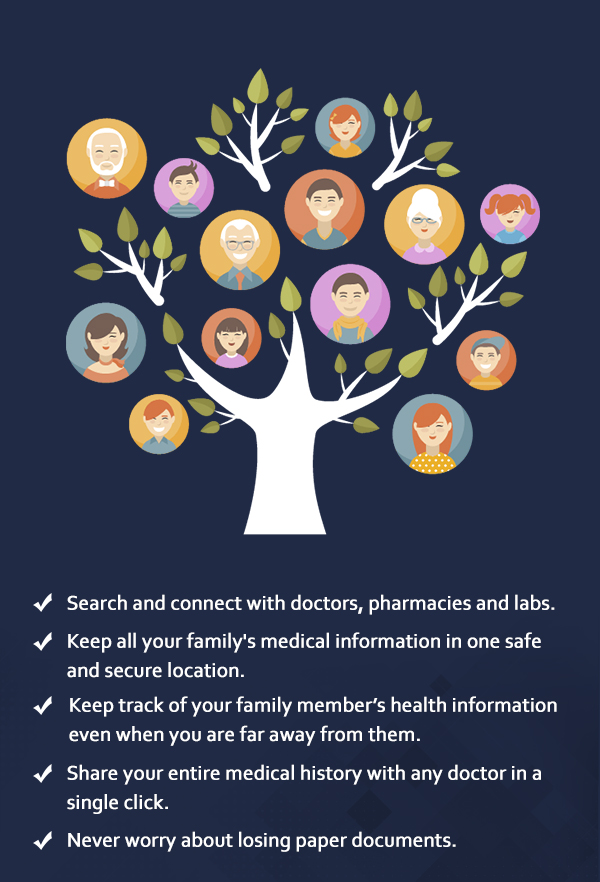Dealing with Common Headaches
Almost everyone suffers from headaches one time or the other; some more frequently and some others less often. Discomforting as they are, they also affect your concentration levels and interfere with our daily-activities. Most of us turn to pain killers as a quick solution, though not recommended by doctors on a frequent basis.
What then is the solution to deal with headaches?
Even though headaches are extremely common, doctors don't fully understand exactly why or even how they occur. Most headaches stem from abnormalities in the pain-sensitive membranes surrounding the skull or brain or nearby muscles, blood vessels, or nerves—either independently or in combination.
Once you know the type of headache you have, you and your doctor can find ways to treat or even prevent them.
Headaches are often complex. Different kinds can have their own set of symptoms, unique reasons, and different treatments. While there are 150 types of headaches, let’s find out solutions to common headaches like tension headaches, sinus, migraine and cluster headaches, among others.
Tension Headaches: These are most common among adults and teens. If you have frequent tension headaches (more twice a week), identifying a prevention strategy is better than becoming more dependent on painkillers or muscle relaxants. Tension headaches can be prevented by not skipping meals, getting enough sleep, and avoiding becoming overly tired.
Relaxation strategies such as the following may help:
- Applying a heating pad to your neck and shoulders to relax muscles
- Rubbing balm or peppermint oil on your temples.
- Getting regular exercise including a mix of aerobics and strength training with stretching sessions in between; Stretching your neck, shoulders and upper chest muscles.
- Consider massage and physical therapy.
Sinus Headaches: Common symptoms of sinus include facial pain and pressure, nasal and sinus congestion and headache. “True” sinus headache (rhinosinusitis), is rare and secondary to a viral or bacterial sinus infection characterized by thick, discolored nasal discharge, facial pain or pressure and commonly fever.
Sinus and Migraine are often misunderstood or overlap with each other. Most “sinus headaches” are migraines with sinus symptoms. So, how do you know if your headache is migraine and not sinus? Ask yourself the following questions:
In the last three months, did you have disabling headaches? Are your headaches associated with nausea or sensitivity to light?
Migraine is commonly misdiagnosed as sinus headache.
- Self-diagnosed sinus headache is nearly always migraine (90% of the time).
- Migraine is commonly associated with forehead and facial pressure over the sinuses, nasal congestion and runny nose.
- In the absence of fever, pus from your nose, foul-smelling breath, you likely have a migraine headache.
- Weather change is a common trigger for migraine
Your diagnosis needs a doctor’s confirmation for accuracy and the best treatment. Identifying your type of headache can help with getting the right diagnosis and treatment. If you have frequent recurring headaches, please visit your doctor for right diagnosis and treatment, or prevention.
- 23-Nov-2018
- 484 Likes



